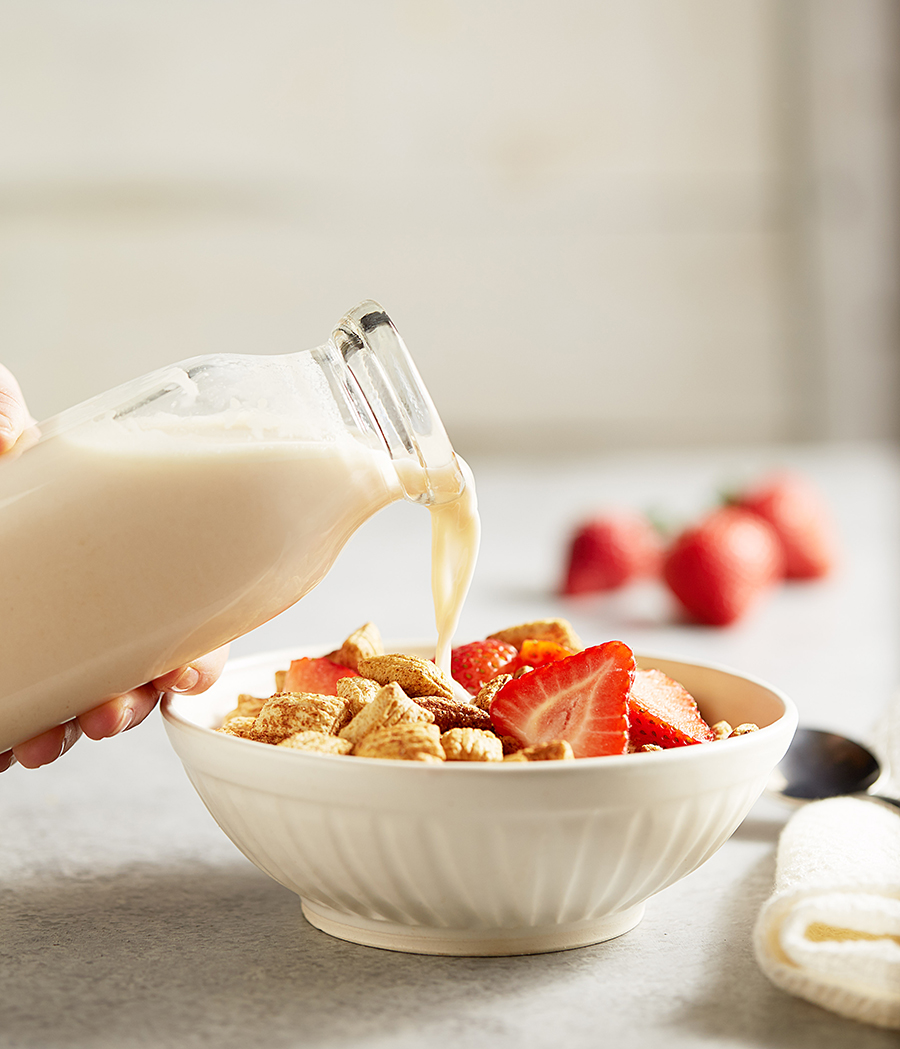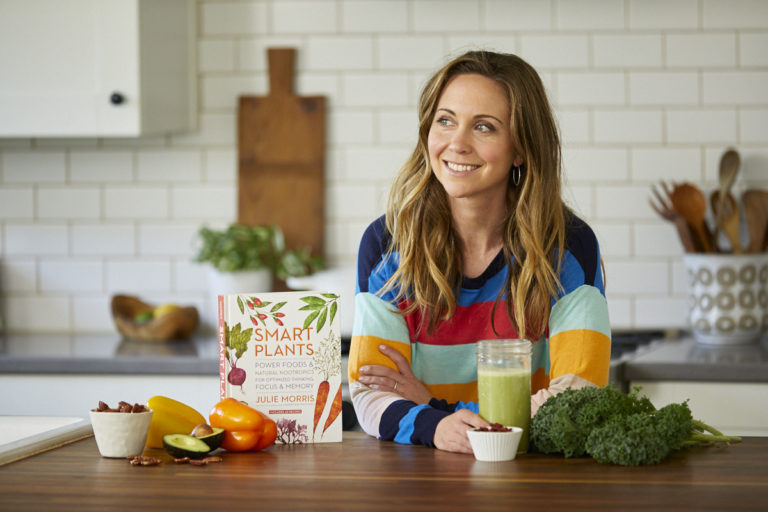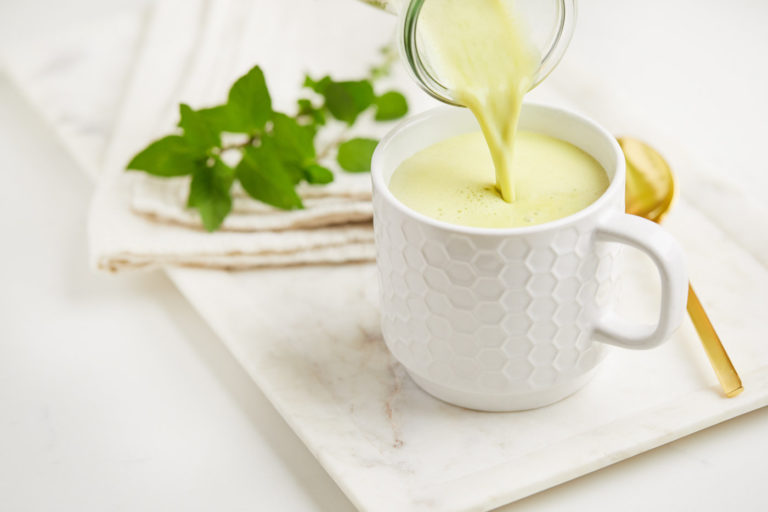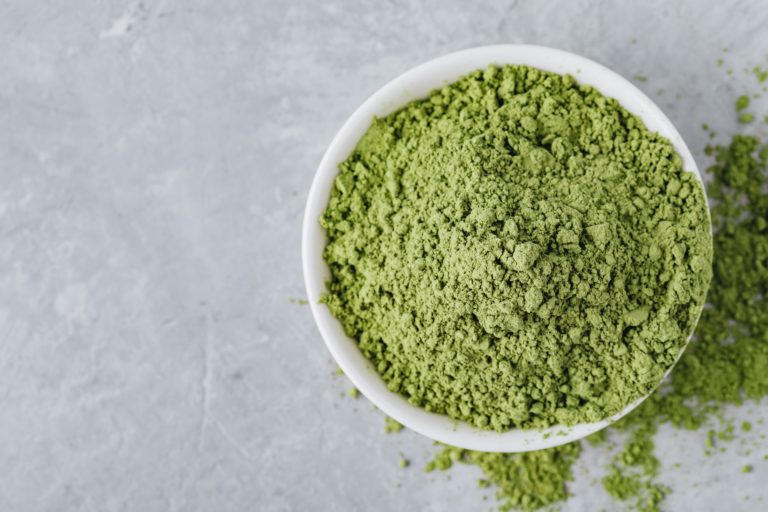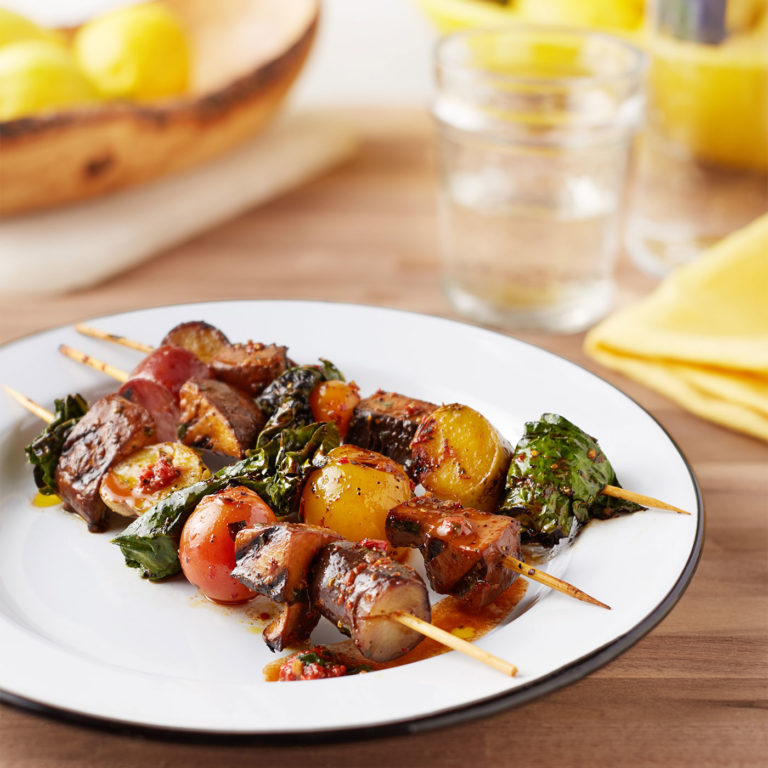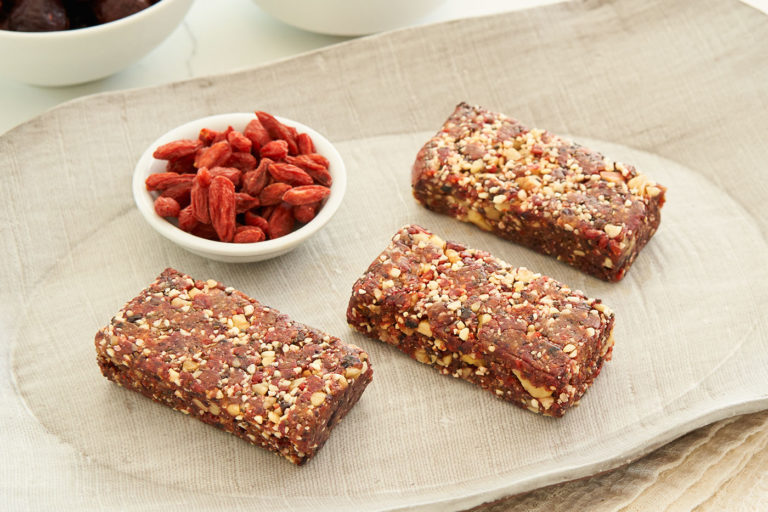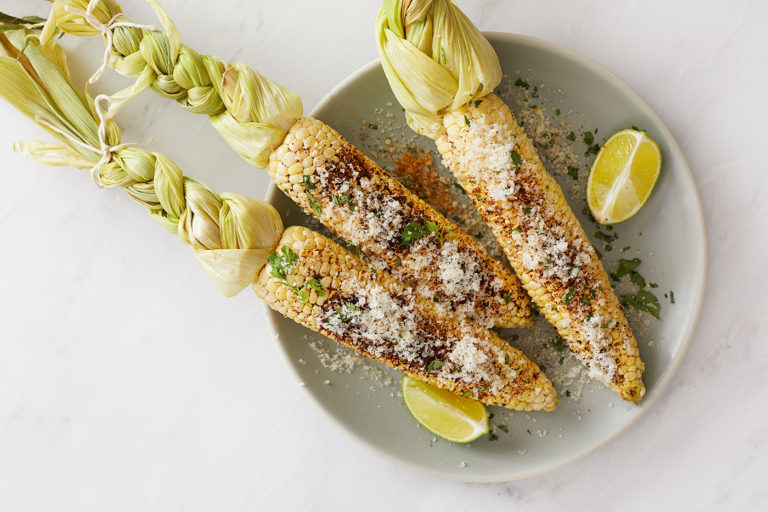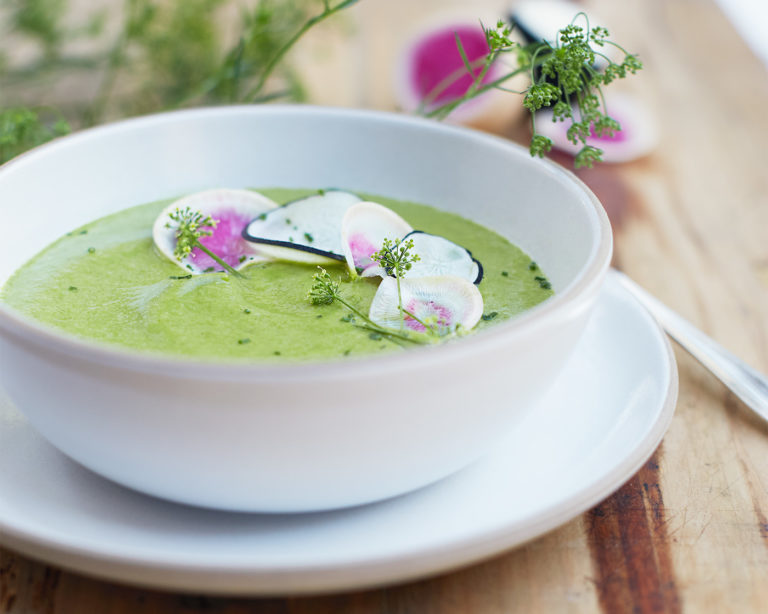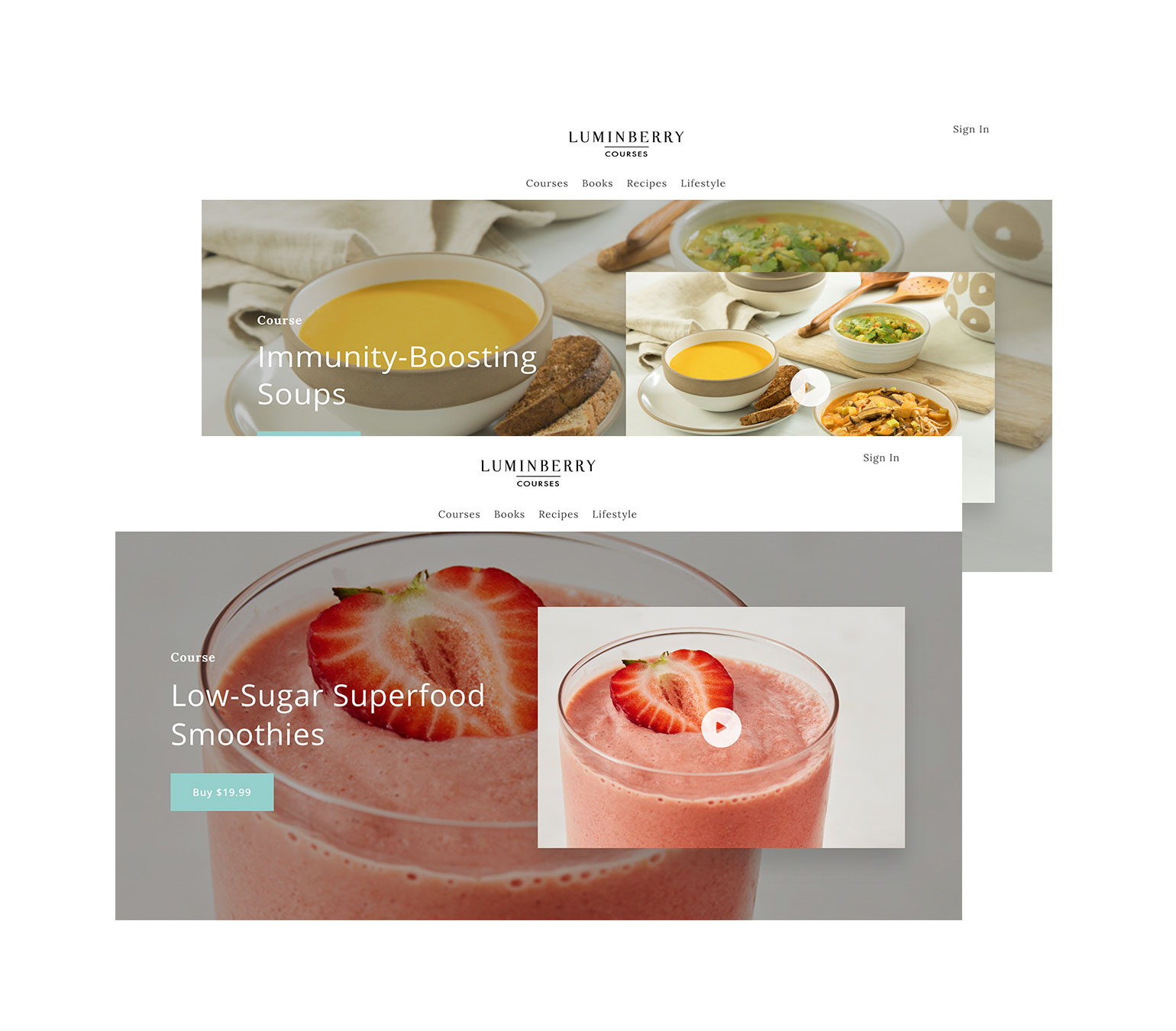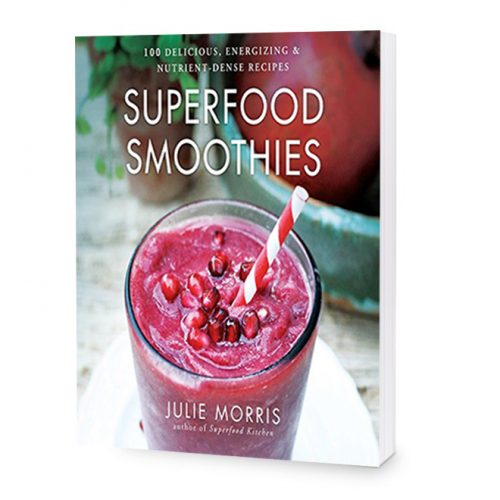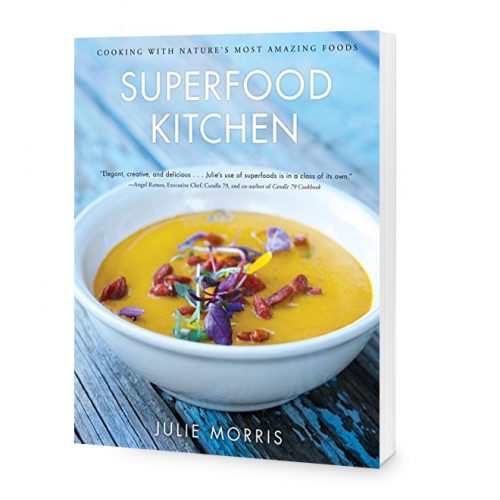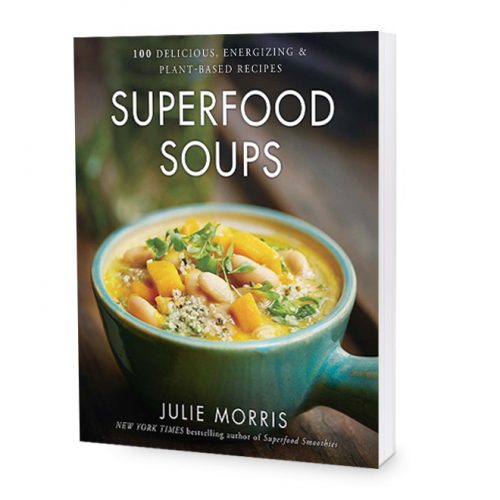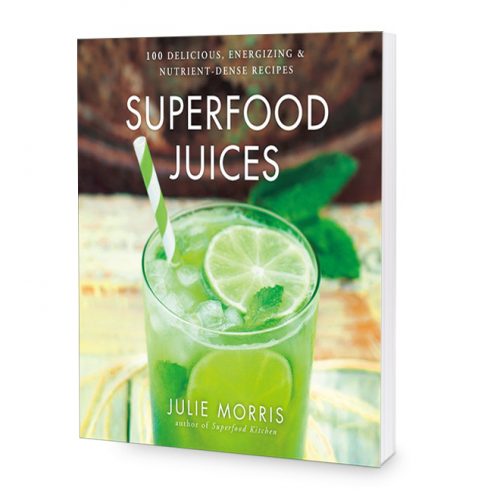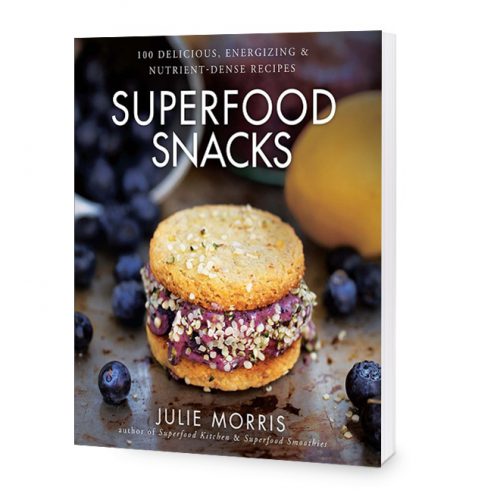In ancient Peru, the Incas believed lucuma to be a symbol of fertility and new creation. In fact, in Incan culture, lucuma wasn’t just a tropical fruit for eating; it was also celebrated in art, textiles, and even festivals. Archeological excavations have revealed depictions of lucuma carved into historic ceramics, and there are at least 26 villages in Peru named after lucuma.
Today, lucuma remains as popular as ever, used all over South America as a fresh fruit and a flavoring agent (lucuma ice cream and lucuma desserts are extremely popular). This is in part because though a lucuma looks like an innocuous cross between an avocado and a mango, it tastes more like a mellow sweet potato that’s laced with caramel and maple. Lucuma is typically eaten fresh in its native countries; however, the process of drying the fruit into a powder helps preserve its rich nutritional composition and makes its use in the kitchen even more diverse.
As a superfood chef, I’ve enjoyed using lucuma for years in all kinds of capacities, but the biggest lesson I”ve learned is lucuma is kind of milk’s best friend. These two flavors are truly meant for one another! And since making your own almond and other non-dairy milks is such an easy habit to form, mixing in lucuma’s gentle sweet flavor transforms your milk into something unlike anything else on the market. Be warned: you may never reach for non-lucuma-infused milk again…
LUCUMA MILK
This creamy milk beautifully shows off the subtly sweet flavor of lucuma. It can be used just like any other kind of milk in all kinds of recipe applications, and is particularly delectable in breakfast bowls, smoothies, cereal, or simply by the glass.
Makes 4½ cups
½ cup raw almonds
4 cups water
3 tablespoons lucuma powder
1 teaspoon sunflower lecithin (optional)
1/8 teaspoon sea salt
Place the almonds in a bowl, and cover with 1 inch of boiling water. Let sit for 10 minutes. Strain the water, then pinch the almonds to remove and discard the skins. Place the blanched almonds in a blender along with the 4 cups of water, lucuma, lecithin, and salt. Blend on high until completely smooth. For the best texture, strain through a nutmilk bag or fine mesh sieve (optional). Transfer the milk to a sealable container, and refrigerate until ready to use; shake before serving.
Lucuma milk will last for up to 1 week, refrigerated.
Note: This recipe is unflavored and unsweetened for maximum versatility in recipes, but can easily be spruced up with flavor extracts like vanilla or almond, spices like cinnamon or cardamom, and/or sweeteners like stevia or maple.

